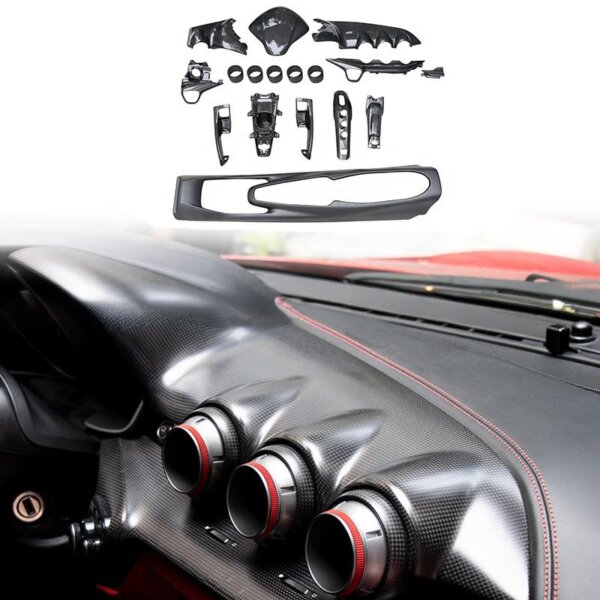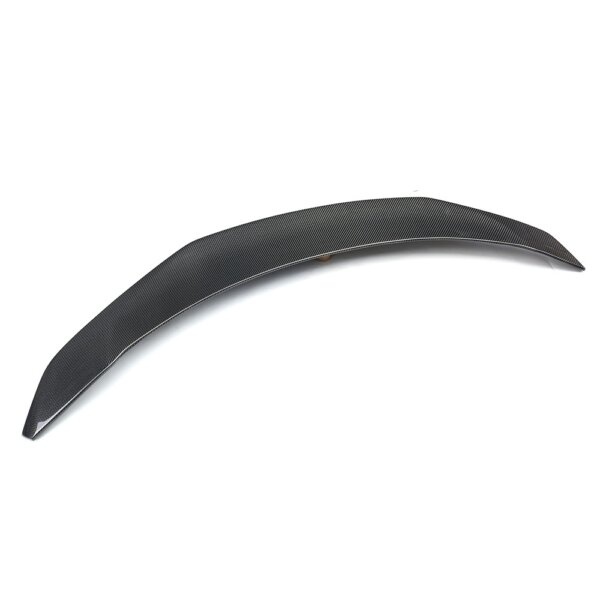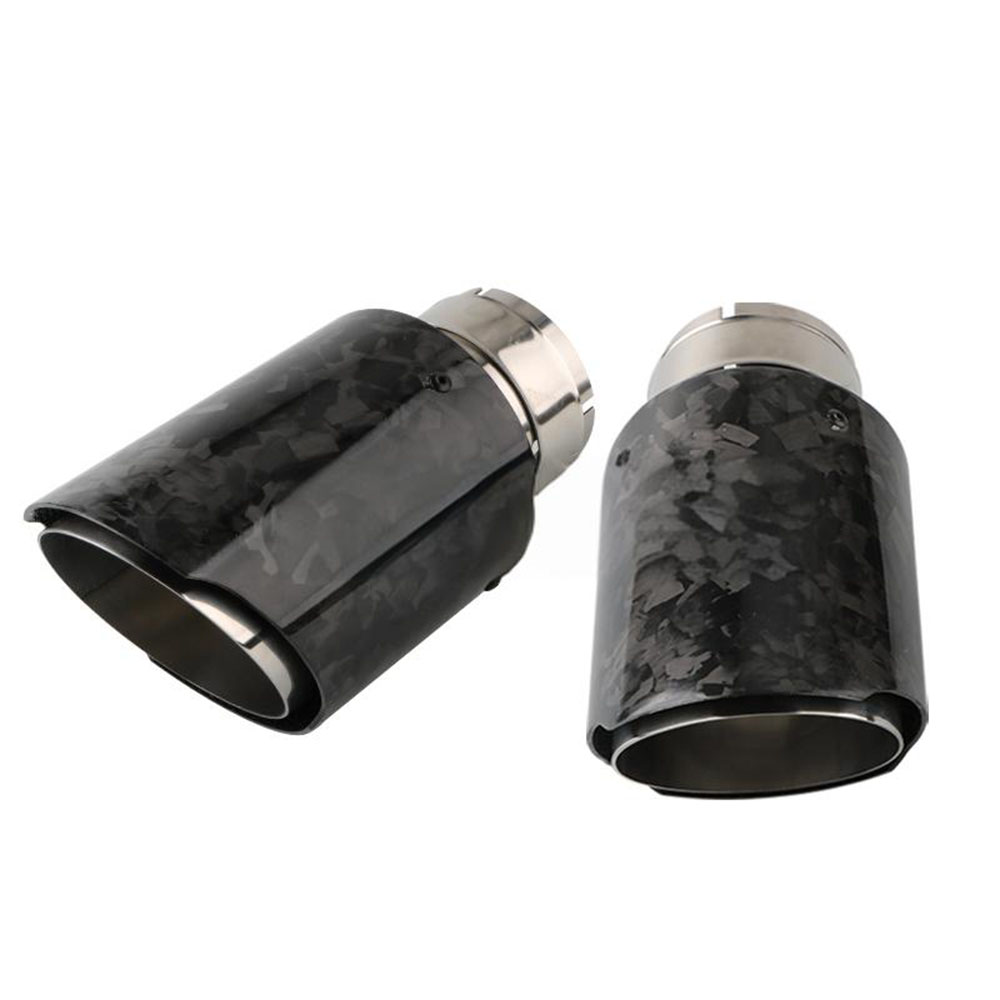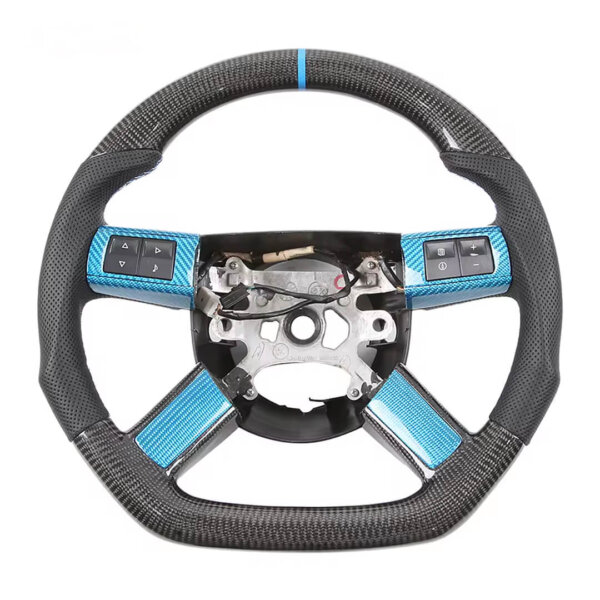
Fibre de carbone sèche ou carbone humide : Guide de comparaison ultime
What Is Carbone sec Fiber?
charbon sec is also called carbone préimprégné. Here’s what makes it special:
- Il a carbone cloth that comes with résine already in it
- The resin is put in at a usine
- It needs a big machine called an autoclave pour rendre les choses difficiles
- The autoclave uses chaleur et pression
- It gets very chaud (over 250°F)
- Il semble brillant une fois terminé
- You can see the motif de tissage très bien
Lorsque vous voyez un brillant car part that shows the tissage de carbone, it might be carbone sec!
What Is Carbone humide Fiber?
carbone humide is made a different way:
- People put liquid résine on dry carbone cloth by main
- This is called hand layup
- It can be done in a small boutique
- It uses a sac sous vide to squeeze out extra resin
- It can get hard at room temp
- It often looks more terne
- Le tisser might not show as well
carbone humide is how many magasins faire pièces personnalisées.
Big Differences: Sec vs Carbone humide
Let’s see how they are différent:
| Ce que nous comparons | Carbone sec | Carbone humide |
|---|---|---|
| Poids | Très léger | Plus lourd |
| Force | Très fort | Moins fort |
| Regarder | Très brillant | More dull |
| Coût | Très cher | Moins cher |
| Making it | Needs big machines | Can make at home |
| Parts it makes | Pièces de voiture de course | Projets personnalisés |
Poids: Why Carbone sec Est Plus léger
charbon sec parts weigh much moins. This is very important for:
- voitures de course
- Avions
- Vélos
- Drones
A car capot made from carbone sec weighs about 8 kg. The same capot dans carbone humide weighs 13 kg. C'est 5 kg more!
When you want to go rapide, every gramme counts!
Force: Which One Is Plus dur?
charbon sec est plus fort parce que:
- Le résine is spread evenly
- There are no bulles d'air
- Le fibres line up better
- Le autoclave makes it very compact
After many years in the soleil et pluie, carbone sec keeps 75-85% of its strength. carbone humide only keeps 67-73%.
Cela signifie carbone sec is better for:
- Pièces détachées automobiles that must be safe
- Avion parties
- Courses parts that take big hits
Leur aspect: Brillant vs Terne
charbon sec a un parfait look:
- Très brillant surface
- Clair motif de tissage
- Non bosses ou waves
carbone humide doesn’t look as nice:
- Plus terne finition
- Might have bumpy taches
- Can show resin pools
- Needs more sanding
If you want parts to show off, carbone sec looks best!
Coût: Why Is Carbone sec So Cher?
charbon sec frais 4-5 times more que carbone humide! Here’s why:
- Préimprégné sheets cost more
- Must be kept froid until use
- Needs big autoclave machines
- These machines cost over $100,000
- Besoins moules spéciaux
- Prend trained workers
UN capot made from carbone sec might cost $2,000, while a carbone humide one might be $500.
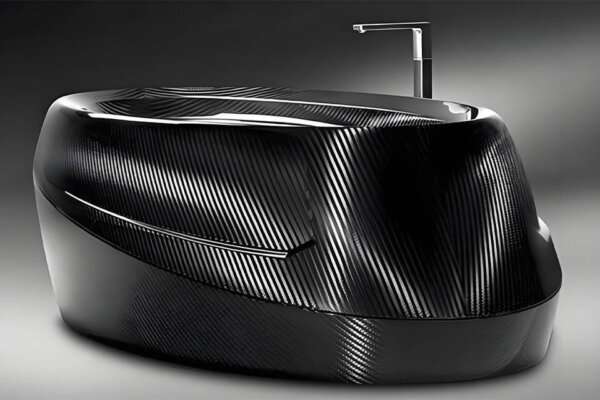
When To Use Carbone sec: 5 Good Times
charbon sec is best for:
- Race car des pièces telles que spoilers, capuches, et garde-boue
- Avion parts that must be light
- Vélo frames for racing
- Show car parts you want to look nice
- Parts that stay in the soleil depuis longtemps
If you see fibre de carbone dans F1 racing, it’s almost always carbone sec!
When To Use Carbone humide: 5 Good Times
carbone humide works well for:
- projets de bricolage at home
- Formes personnalisées that are hard to make
- Parts that go à l'intérieur cars where you don’t see them
- Prototypes when testing ideas
- Budget builds for track day cars
Beaucoup magasins utiliser carbone humide for making unique en son genre parties.
Processus de fabrication: How They Get Made
Comment Carbone sec Is Made:
- Préimprégné sheets come from a usine
- Workers cut the sheets to fit moules
- They stack many couches
- They wrap it all in special film
- They put it in the autoclave
- Le autoclave heats up to over 250°F
- It also adds pression (like 6 car tires on every inch!)
- After many hours, the part comes out
- Workers trim the edges
- The part is done and parfait!
Comment Carbone humide Is Made:
- Workers cut dry tissu en carbone
- They mix résine et durcisseur
- They put the tissu dans un moule
- They add the résine by hand with brushes
- Ils utilisent rollers to push out bulles d'air
- They put on a sac sous vide
- Le vacuum pump sucks out extra résine
- The part cures (gets hard) at room temp or in a warm four
- Workers take it out and sable il
- Ils ajoutent couche transparente to make it look better
Real World Test: How Long Do They Last?
Scientists tested both types in tough conditions:
- After 12 years in eau salée, carbone sec kept 85% of its strength
- carbone humide kept less than 60%
Pour voitures left outside:
- charbon sec parts look good for 10-15 years
- carbone humide parts start to look bad after 3-7 years
C'est pourquoi équipes de course et constructeurs automobiles prendre carbone sec for important parts!
Parties You See in Carbone sec
These parts are often made from carbone sec:
- Capuches to make cars lighter
- Spoilers pour les voitures de course
- Lèvres avant on sports cars
- Jupes latérales sur les voitures de course
- Diffuseurs arrière that help air flow
- Coques de rétroviseurs ça a l'air cool
- Roof panels to lower weight
- Volants in race cars
Parties Often Made With Carbone humide
These are usually made with carbone humide:
- protège-talons for motorcycles
- Belly pans under cars
- Couvercles de pignon on bikes
- Carénages for custom bikes
- Garniture intérieure pièces
- Prototypes when testing new ideas
- Custom brackets for holding parts
- Boucliers thermiques to block engine heat
Quoi Car Makers Utiliser
Big car makers comme Ferrari, Lamborghini, et McLaren utiliser carbone sec for their best cars. They use it for:
- Panneaux de carrosserie
- Chassis parts
- Interior pieces
Small shops that make pièces de rechange often use carbone humide because it’s moins cher and they can make formes personnalisées plus facilement.
Myths À propos Fibre de carbone
Let’s fix some wrong ideas:
Myth 1: “charbon sec is always stronger”
Truth: Well-made carbone humide can be strong too, but not quite as strong as carbone sec.
Myth 2: “carbone humide is fake carbon”
Truth: Both use real fibre de carbone! They just use different ways to make parts.
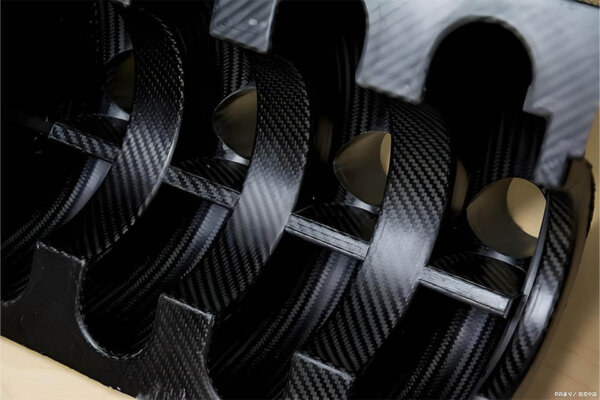
Myth 3: “All brillant carbon is carbone sec“
Truth: carbone humide with good couche transparente can look shiny too! You need to look closer to tell.
How To Tell Them Apart
Want to know if a part is sec ou carbone humide? Look for these clues:
Carbone sec Signs:
- Très clear motif de tissage
- Même shine all over
- Très mince edges
- Léger sentir
- Higher price tag
Carbone humide Signs:
- Plus wavy regarder
- Quelques terne taches
- Thicker edges
- Plus lourd sentir
- Plus abordable prix
Coût vs Valeur: Is Carbone sec Worth It?
Let’s think about if the extra cost is worth it:
For a voiture de course où every pound matters:
- YES - les gain de poids helps you go plus rapide
For a show car that just looks cool:
- MAYBE – it looks better but costs much more
For a conducteur quotidien car:
- NON – the cost is too high for normal driving
Pour projets de bricolage:
- NON – carbone humide is much easier to work with
Real Numbers: Sec vs Carbone humide
Regardons quelques tests et Nombres:
- charbon sec absorbs 2.2% water, while carbone humide absorbs 7.5%
- UN carbone sec hood weighs 8 kg vs 13 kg pour carbone humide
- Après 2 million stress cycles, carbone sec keeps 90% of its strength
- carbone humide loses much more strength over time
Ces Nombres show why équipes de course prendre carbone sec even though it costs more!
Outils Needed For Each Type
To make carbone sec parts, you need:
- Un autoclave (very expensive!)
- Vacuum pumps
- Freezers for storing préimprégné
- Special molds that can take high heat
- Temperature controls
To make carbone humide parts, you need:
- Moules (can be simpler)
- Vacuum pump (not as strong)
- Brushes et rollers
- Gobelets de mélange for resin
- Ciseaux for cutting fabric
This is why many small magasins use the mouillé method!
Utilisations spéciales For Each Type
Carbone sec Special Uses:
- F1 race car parts
- Vaisseau spatial pièces
- Haut de gamme bicycle cadres
- Prosthetic limbs that must be strong
- Drone bodies for racing
Carbone humide Special Uses:
- Custom car kits carrosserie
- Movie props
- Œuvres d'art
- Bateau repairs
- Furniture with carbon look
Famous Brands That Use Each Type
Carbone sec Brands:
- Koenigsegg (super cars)
- Boeing (planes)
- SpaceX (rockets)
- Specialized (bikes)
- Ferrari (race cars)
Carbone humide Brands:
- Beaucoup marché secondaire car part makers
- Custom motorcycle constructeurs
- DIY kit vendeurs
- Small boat constructeurs
- Hobby drone fabricants
Conseils d'entretien: Making Your Carbone Dernier
Pour Carbone sec:
- Laver avec savon doux
- Utiliser protecteur UV
- Don’t leave in hot sun for too long
- Be careful not to gratter il
Pour Carbone humide:
- Ajouter couche transparente every few years
- Tenir hors de soleil lorsque c'est possible
- Utiliser cire pour protéger la finition
- Vérifiez pour fissures often
bricolage: Can You Make These At Home?
Can you make these yourself? Let’s see:
Carbone sec at home:
- NON – you need an autoclave
- These cost more than a nouvelle voiture!
- You need special training
Carbone humide at home:
- YES – many people do this
- You need about $500 in tools
- You can learn from vidéos
- Commencer par small parts d'abord
C'est pourquoi carbone humide is popular with bricolage les fans!
Who Should Use Carbone sec?
charbon sec is best for:
- Pro race teams
- Constructeurs automobiles
- Aérospatial entreprises
- People who need the le plus léger parties
- Those who want the meilleur look
- Folks with big budgets
Who Should Use Carbone humide?
carbone humide is best for:
- DIY builders
- Small shops
- People making ponctuel parties
- Those on a budget
- Hobby projets
- Learning how to work with carbon
Réflexions finales: Picking The Right Carbone
When you pick between carbone sec et carbone humide, réfléchissez-y :
- How much argent you can spend
- Comment lumière the part needs to be
- If the part needs to be très fort
- Comment bon it needs to look
- If you’re making it yourself or buying il
Souviens-toi:
- charbon sec = plus léger, plus fort, plus joli, cher
- carbone humide = plus lourd, less strong, good enough, abordable
Both types are real fibre de carbone! They just serve des besoins différents.
Rapide Questions et Answers
Q: Can I paint dry carbon? A: Yes, but why would you? The tisser is so joli!
Q: Is wet carbon heavier? A: Yes, about 30% heavier because it has more résine.
Q: Why does dry carbon cost so much? A: The autoclave machines cost a lot, and the préimprégné material is expensive.
Q: Can wet carbon look glossy? A: Yes, with good couche transparente, but it won’t last as long.
Q: Which is better for a race car? UN: charbon sec is better if you can afford il.
Q: Can I fix a broken carbon part? A: It’s hard to fix les deux types, but carbone humide is a bit easier.
Now you know all about carbone sec et carbone humide! Pick the right one for your next projet!

